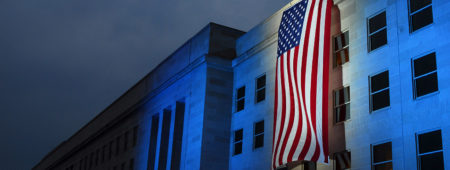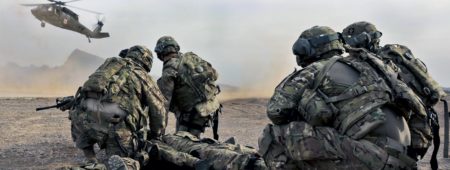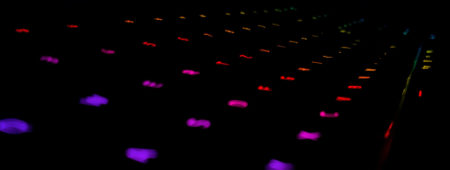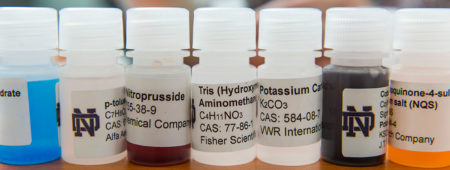
An Inclusive National Security Leader
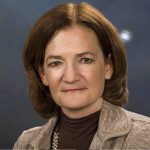
When it comes to national security, there are seemingly no simple solutions, only varying degrees of complexity.
Our national security leaders must be able to act with imperfect information, time constraints, personnel matters, financial limitations, diplomatic considerations, and the potential for significant costs to human life and the environment. To be effective, one must bring broad perspective to issues of science and technology and make decisions that are both informed and inclusive.
For 30 years, Hertz Fellow Carol Burns has seen this play out to be true, first as a basic scientist who was empowered to develop her skills in science policy and then as a national security leader who is expanding the horizons of her own teams.
Now the Deputy Principal Associate Director for Science, Technology, and Engineering at Los Alamos National Laboratory, Burns is an ideal model for how researchers can take an inclusive approach to science and technology—and make our nation safer in the process.

Science Beyond the Bench
Burns's initial career shift came 16 years into her productive career as a chemist and group leader at Los Alamos National Laboratory. In 2003, the laboratory offered her the opportunity to work in the White House as a senior policy analyst in the Office of Science and Technology Policy.
It was post 9/11, after the formation of the Department of Homeland Security. The administration was trying to figure out how to respond to the need for counterterrorism and counterproliferation, as well as determine the roles of policy and science and technology in doing so, Burns said.
She worked on a team that developed what is now the domestic nuclear defense road map, providing guidance on science and technology issues related to defense infrastructure and threat preparedness. “We asked, what are all the things we do, where are the gaps in the system, and where do investments need to be made?” Burns said.
The yearlong assignment with a diverse group of colleagues shifted her focus.
“It broadened my horizon,” she said. “I saw how science has an impact on broad arrays of national security, and I wanted to contribute in a way that was bigger than just the ideas my own brain came up with.”
Applying S&T Across Disciplines
Equipped with this new perspective on the role of science and technology in nuclear security, Burns returned to Los Alamos National Laboratory to lead a group of weapons radio chemists, scientists who could analyze debris and potentially identify the responsible party in the event that a terrorist obtained and detonated a nuclear device.
Her unit worked across a spectrum of programs ranging from nonproliferation to countering weapons of mass destruction. Their commitment to applying high-quality analytical work in innovative ways led to the development of new methods of analysis.
“That was pretty powerful,” she said, describing how progress was accelerated when her unit's thinking included different perspectives and expertise.
Through leading the radio chemists group, her perspective broadened once more. She found herself asking questions around the lab’s organizational challenges: How do you invest for a vibrant research enterprise? How do you develop pipelines of staff and people?

Building a Diverse Workforce
As data has shown, the United States population is growing more diverse, and with that comes a more diverse workforce. “If who we hire doesn’t reflect that change, we’re missing talent,” she said.
A champion of workforce development, Burns led an organization-wide effort to determine what Los Alamos National Laboratory is doing right and where they need to do better to champion diversity. The issue is a priority for all 17 national laboratories, which report their demographic data on the National Laboratory Directors’ Council website.
“We really care about this,” Burns said. “It’s about providing not just an inclusive workplace, where people are sitting around the table, but an engaging workplace, where everybody feels equally empowered to engage in dialogue.”
The recipient of many career opportunities via laboratory directors and other mentors, Burns now returns that investment by mentoring young scientists herself, particularly women, through COACh, an organization that works to increase the number and career success of women scientists and engineers, as well as through personal connections.
“This is the part of my life where I’m making sure that there are smarter people than me that are now engaged in this enterprise,” she said. This extends to serving as a first-round interviewer for the Hertz Fellowship and as chair of the Hertz Thesis Prize committee.
“We’ve got to find all the smart ones, not just the ones that we’re used to finding because they worked for the same research advisor as I did 30 years ago,” Burns said. “It’s about opening our eyes to the places that talent can come from and understanding the uniqueness of what people bring to the workforce.”
